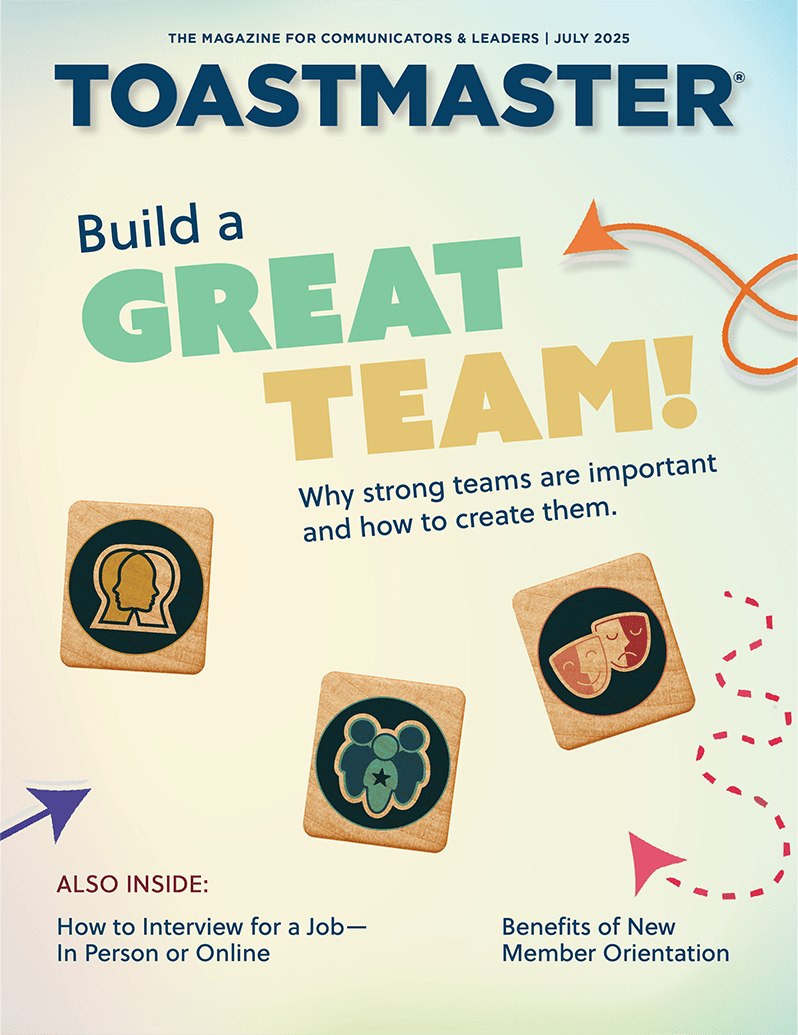
It’s vital to know how to connect with people from other cultures in today’s interconnected world. Doing so fosters understanding, collaboration, and mutual respect.
My struggles with cultural differences began early. When I was 11, my family moved from Lagos, Nigeria, back to Bangalore, India.
In a social studies class, the teacher was discussing one of India’s many dynasties and their complex histories. With thousands of years of history to absorb, I found it challenging to keep up with all the intricate names and details.
My lack of focus didn’t go unnoticed, and the teacher called on me, asking me to stand as she scolded me. Instinctively, I met her gaze instead of looking down in a show of contrition. Later, I was told that maintaining eye contact in that situation was considered disrespectful. Who knew? That incident was an eye-opener about unspoken cultural expectations.
Years later, after graduating from college in the United States and starting my first job, I encountered another cultural contrast. I believed that as a new employee, it was respectful to listen attentively and not speak up in meetings unless asked. A few weeks in, my boss pulled me aside and asked if I was following the discussions. I was surprised by the question and assured him that I was.
My silence, which I had thought demonstrated respect, was instead perceived as disengagement.
He then asked, “Then why don’t you contribute? Why are you so quiet?” My silence, which I had thought demonstrated respect, was instead perceived as disengagement.
Speaking up was easier said than done, especially when my colleagues projected confidence and authority—even when they were occasionally wrong!
I struggled to find my voice until I discovered Toastmasters. Through its structured programs and supportive environment, I gained the confidence to express my thoughts clearly and assertively. Today, I no longer hesitate to share my ideas.
I was fortunate to work for a globally diverse company, where our meetings were both productive and enriching. Having a Toastmasters club within the organization was an even greater advantage. However, you don’t need to be in an internationally diverse club to develop strong listening skills, observe carefully, and understand cultural nuances through verbal and non-verbal cues.
Effective cross-cultural communication involves feeling comfortable interacting with individuals from diverse backgrounds, while being mindful of differences in language, traditions, values, and communication styles. The Toastmasters program provides a powerful platform for developing cross-cultural communication skills, equipping members with the confidence and training to thrive in a globalized world.
By embracing diverse communication styles, we can foster deeper connections and create more inclusive, collaborative environments.
Radhi Spear, DTM is the 2024–2025 International President of 51勛圖. Learn more about her on the Board of Directors page.
Related Articles

Cross-Cultural Communication
Speaking Across Cultures

President's Message





